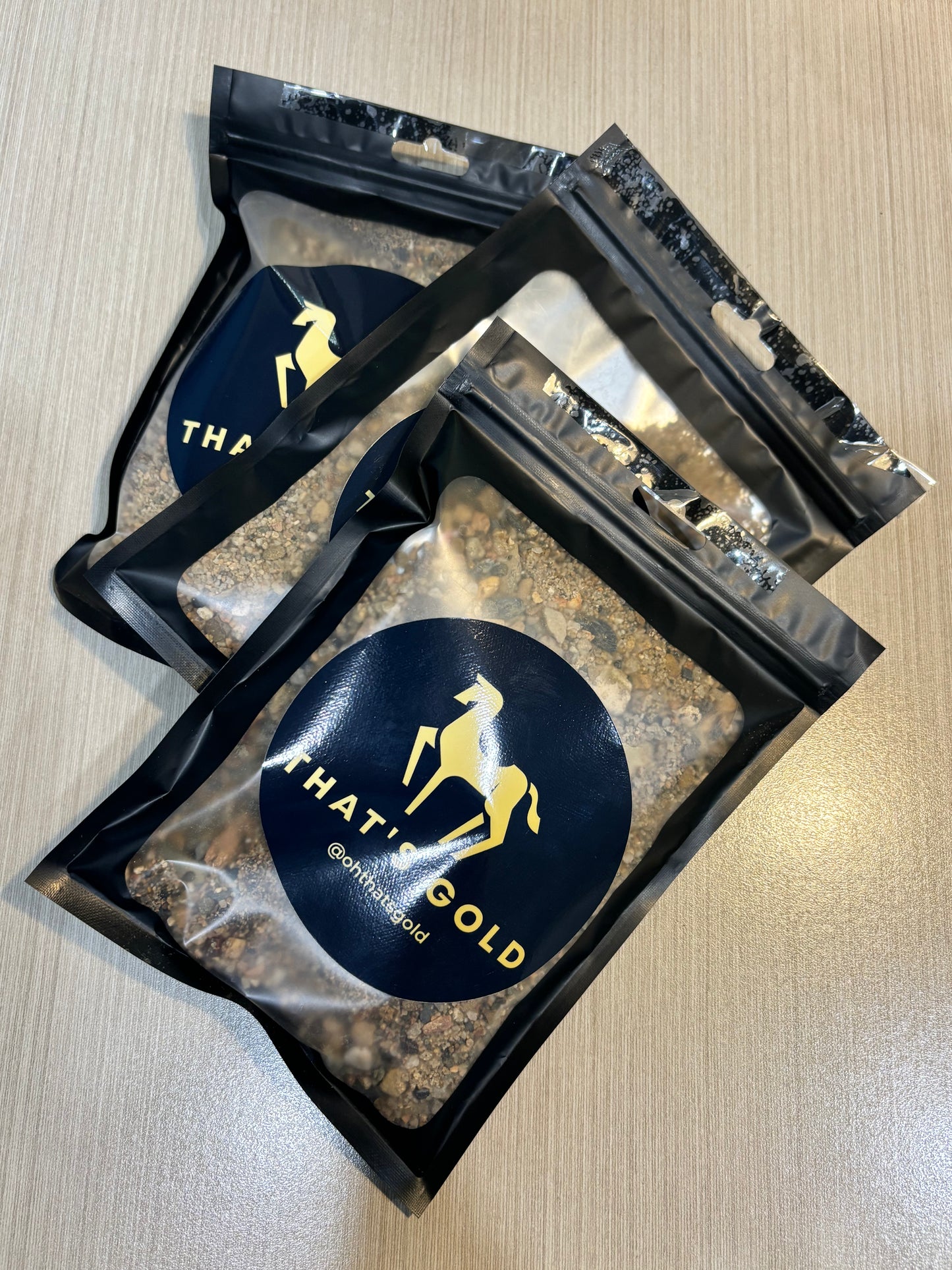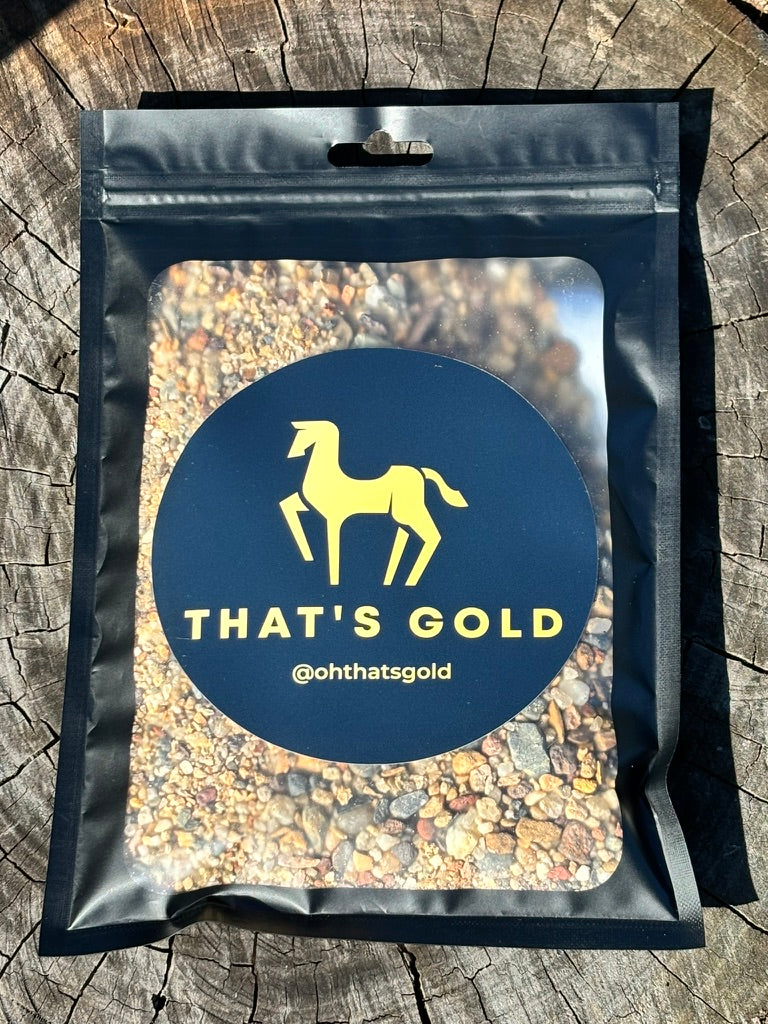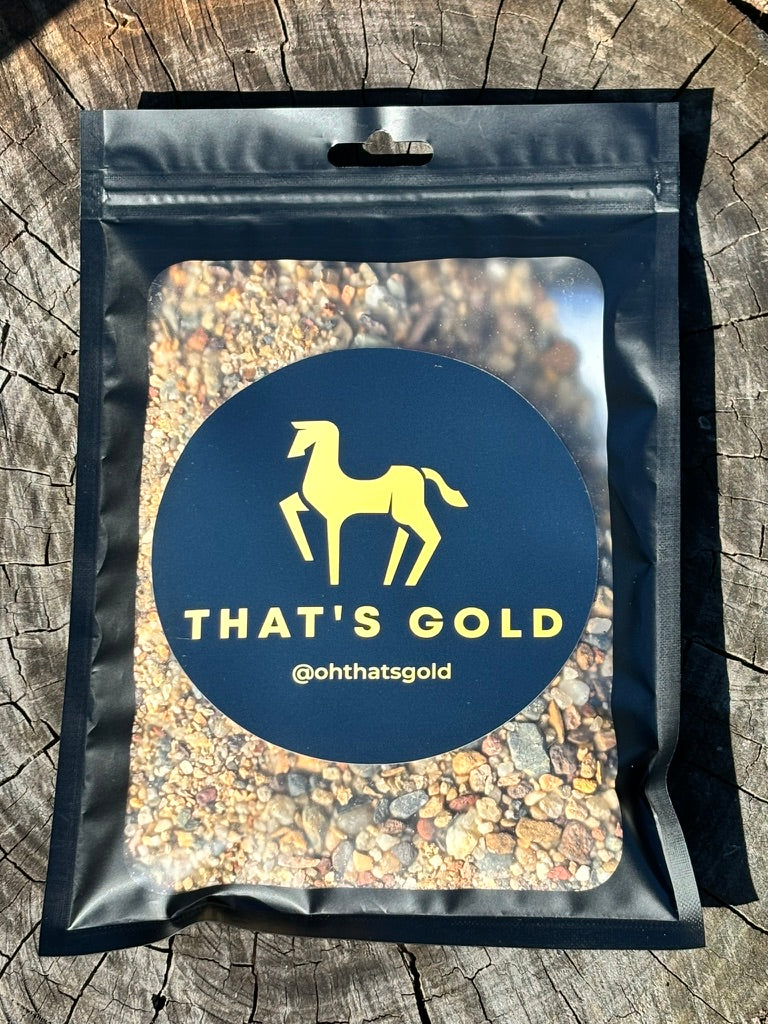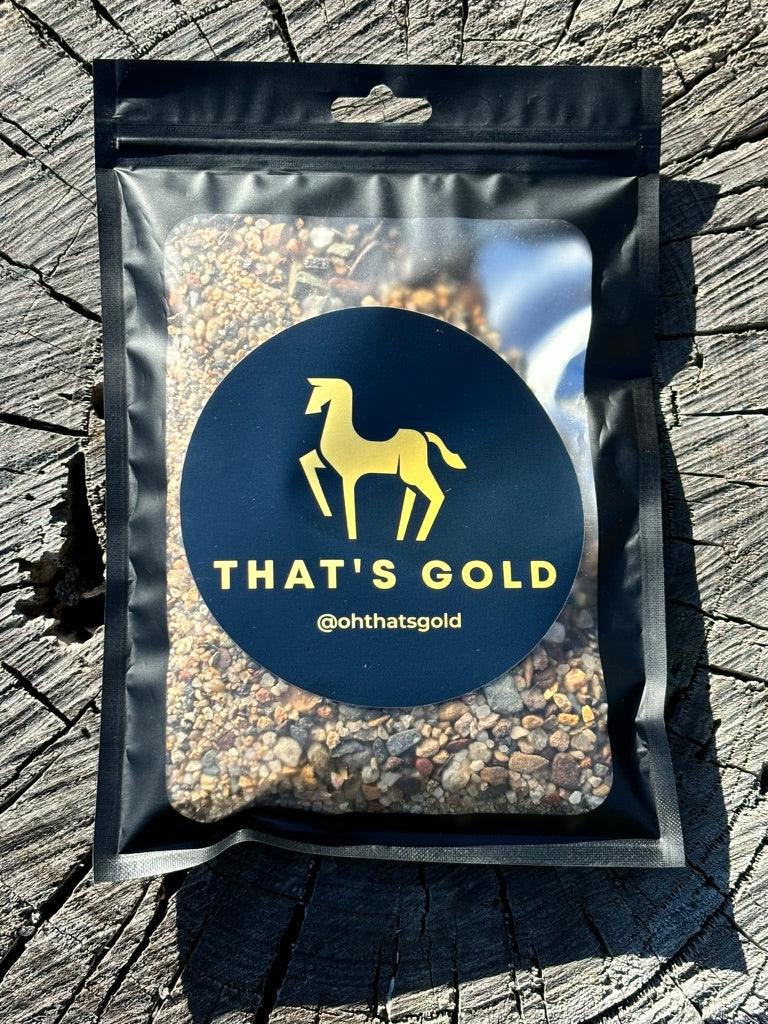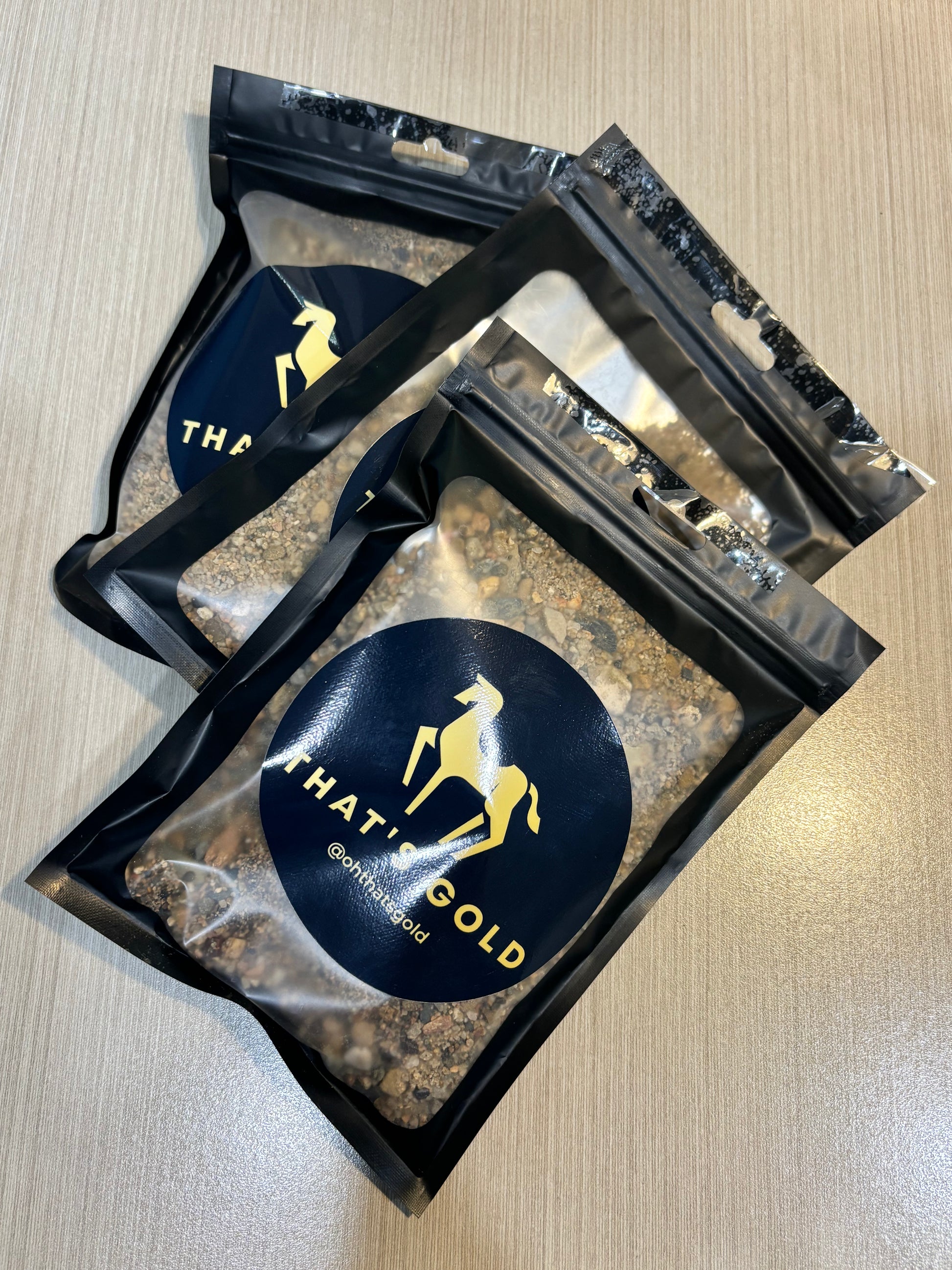Overview
Northern Territory
The Northern Territory offers a unique gold prospecting experience, particularly around Tennant Creek. This area is characterised by its isolation and dry conditions. Despite these challenges, the Warrego Fossicking Area near Tennant Creek attracts both locals and tourists eager for adventure.
Visitors can find remnants of gold mining history among the sparse landscape, such as old windmills and picnic spots. Significant finds still occur; for instance, a local child discovered a gold nugget worth $5,000 in 2020, demonstrating that with persistence, treasure awaits.
Queensland
Clermont, located in Queensland’s Central Gold District, holds a prominent place in Australia’s gold mining history. Gold was first discovered in the area in 1861, leading to the establishment of various community amenities, including hotels and schools.
Today, Clermont remains a hotspot for enthusiastic fossickers. The region is home to numerous operational fossicking sites like Bathamptom and Four Mile, which have been attracting gold seekers since the 19th century. Although coal mining dominates the area now, gold hunting continues to attract many visitors.
South Australia
In South Australia, Jupiter Creek digs stand out as one of the few public prospecting sites. Situated approximately 30 kilometres southeast of Adelaide, this area offers a glimpse into the region’s past while providing opportunities for modern fossickers.
The site is known for its alluvial gold, inviting prospectors with the chance to retain their findings under permit. This accessibility is a rarity in the area, highlighting the importance of obtaining proper permission before engaging in fossicking.
Tasmania
While Tasmania maintains strict regulations regarding gold prospecting, there are opportunities to explore historical gold regions with the right permissions. Beaconsfield, originally Brandy Creek, is a notable area in the Tamar Valley famed for its mining history.
Prospectors seeking a chance to unearth gold must obtain a Prospector’s Licence and research Regional Reserves. The area’s long mining heritage ensures that there is a robust backdrop of stories for those keen on both history and adventure in this picturesque region.
Victoria
Castlemaine exemplifies the rich gold mining culture that characterises Victoria. As a former boomtown dating back to the early 1850s, it offers rich opportunities for prospectors. The surrounding region, including the well-preserved mining township of Maldon, reflects the area’s historical significance.
The Castlemaine Diggings National Heritage Park allows gold prospecting, catering to individuals of all experience levels. A variety of creeks in the area support gold panning, but prospective fossickers must verify locations through the Victorian Earth Resources’ official channels before beginning their quest.
Western Australia
Kalgoorlie serves as the epicentre of Western Australia’s gold mining industry. Known for its historic gold rush in the 1800s, this area is home to the impressive Super Pit, one of the largest open-cut gold mines globally, which has been in operation since 1893.
The Goldfields continue to draw prospectors, with the Golden Quest Discovery Trail providing a pathway to explore the region’s wealth of mining heritage. Significant discoveries still occur, including the legendary ‘Ausrox Nugget,’ found in 2010 and weighing an astonishing 23.26 kilograms. This incredible find illustrates that fortune can still be uncovered among Kalgoorlie’s rich soils.
Fossicking laws and miners rights
Before embarking on a prospecting adventure, it is crucial to review the relevant state laws governing mining activities. Each state has distinct regulations regarding fossicking and miners’ rights that must be understood. Utilising apps like the Heart of Gold can aid in discovering attractions throughout Australia’s goldfields.
READ MORE EDUCATION, TOURISM, and HISTORY NEWS.
Frequently Asked Questions

Where can newcomers locate gold prospecting sites in Australia?
Beginners can explore various resources to find gold prospecting sites, including local geology maps, prospecting clubs, and online forums. Some website directories list accessible locations for recreational gold panning, making it easier for newcomers to start.
What steps are involved in obtaining a gold prospecting licence in Australia?
To acquire a gold prospecting licence, individuals must check the specific requirements of the state or territory in which they intend to prospect. This typically involves filling out an application form, paying a fee, and agreeing to the regulations governing the activity.
What are some popular free gold prospecting areas in Western Australia?
In Western Australia, notable locations for free gold prospecting include the Goldfields region, particularly around towns like Kalgoorlie, and certain areas in the Gibson Desert. Some public lands allow for recreational panning without the need for a licence, but local rules should always be checked.
Can tourists engage in gold prospecting in Australia, and what is the process?
Visitors can participate in gold prospecting in Australia, but they must comply with local laws. Typically, tourists will need to acquire a temporary prospecting licence and should research areas where gold mining is permitted.
Which areas in Australia are famous for significant gold finds?
Australia boasts several regions renowned for rich gold reserves, such as the Goldfields in Victoria, the Kalgoorlie district in Western Australia, and the Palmer River area in Queensland. These locations have a storied history of gold discovery and continue to attract prospectors.
Are there specific laws or seasonal regulations pertaining to gold prospecting in Australia?
Yes, there are various regulations regarding gold prospecting across different states. These may include restrictions on certain areas, seasonal access limitations, and requirements for environmental protection. Always check the local regulations before starting any prospecting activities.



